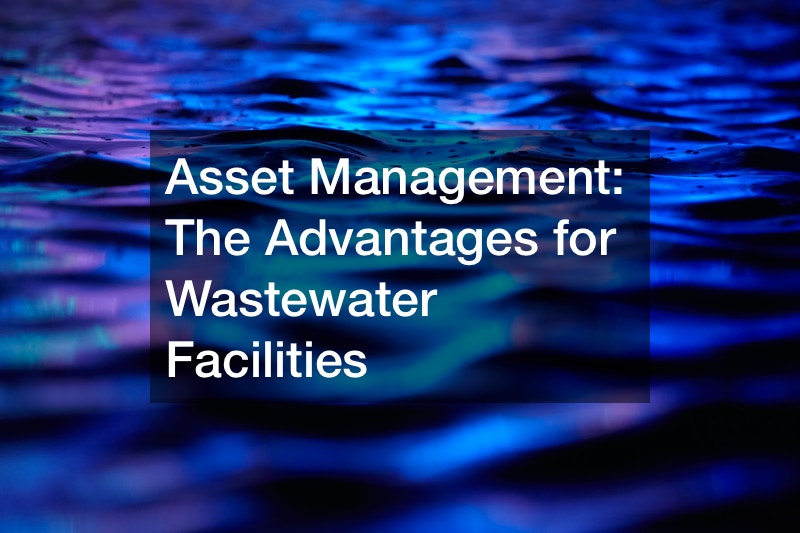
Running a wastewater facility is a huge responsibility, and small decisions (or the lack of proactive decision making) can have a very real impact on the population it services. And we don’t just mean in terms of health and safety; bad decisions can negatively impact local economies as well.
Running a facility of this nature is a high stakes affair, both for employees and local residents. And if the stakes aren’t already high enough, let’s not forget about the web of regulations and legal compliance issues plants and facilities must contend with.
Nonetheless, the fragile nature of our country’s wastewater infrastructure means that this can be an up-hill battle. Estimations report that by 2020, almost half of all assets in wastewater facilities will be past their half-way point for usefulness, according to the Environemental Protection Agency. Fortunately, developments such as asset integrity and/or reliability management and risk-based inspection (RBI) have been accepted by the global community as appropriate methods of efficiently managing assets and systems.
Asset Management: Building Stronger Communities
Water and wastewater systems are incredibly complex networks made up of pipes, valves, tanks, pumps, wells, treatment facilities, and more. All of these parts comprise a group of assets, which tend to lose value over time as the system corrodes and ages. As this aging progresses, the cost of operation and maintenance increases.
Already, upgrading water and wastewater systems is costing major cities, like Baltimore.
Managing these aging assets requires a delicate balance. For many years, it will be less expensive to maintain aging assets than to replace them. However, after a certain point, the expenses become unsustainable, and municipalities would will actually save money in the long-term by replacing the aging assets. That being said, how do you know when you’ve reached that point of no return?
Today, best practices call for asset management, which is important for a number of reasons, particularly for wastewater management plants and facilities.
- The assets in the facility represent a very large public or private investment, sometimes both.
- The water infrastructure being operated at the facility is important to the overall economic development of the community and municipality.
- Proper operation of these water facilities are necessary for public health and safety.
- Asset management directly supports and promotes efficiency and innovation in its systemic operation.
- Increase knowledge of the location of assets and asset reliability.
- Better communication with customers.
- Improved safety and emergency response.
- The ability to more effectively plan for the future.
Without proper asset management and asset reliability systems in place, that number could be much, much higher.
What Is Wastewater Treatment?

Many people do not like to spend a lot of time thinking about wastewater. Water is wonderful to them when it is clean. In this situation, they will be able to drink it, use it to clean themselves, and use it to clean other things in their homes. However, once they are done using it, it eventually goes down the drain, and it is not in a state where they want it anymore.
If you do not have a lot of experience when it comes to wastewater, you might have several questions on the matter. For example, you might wonder, what are some good solid chemicals for water treatment? Who can tell me how to clean wastewater? What are some good methods when it comes to how to filter wastewater? What are some good ways to prevent industrial wastewater pollution? Where can I go to find a local wastewater treatment plant? You will likely be able to find the answers to many of these questions by doing your own research, but it would also be a good idea to talk to a professional in this field who will have the knowledge to be able to answer them.

